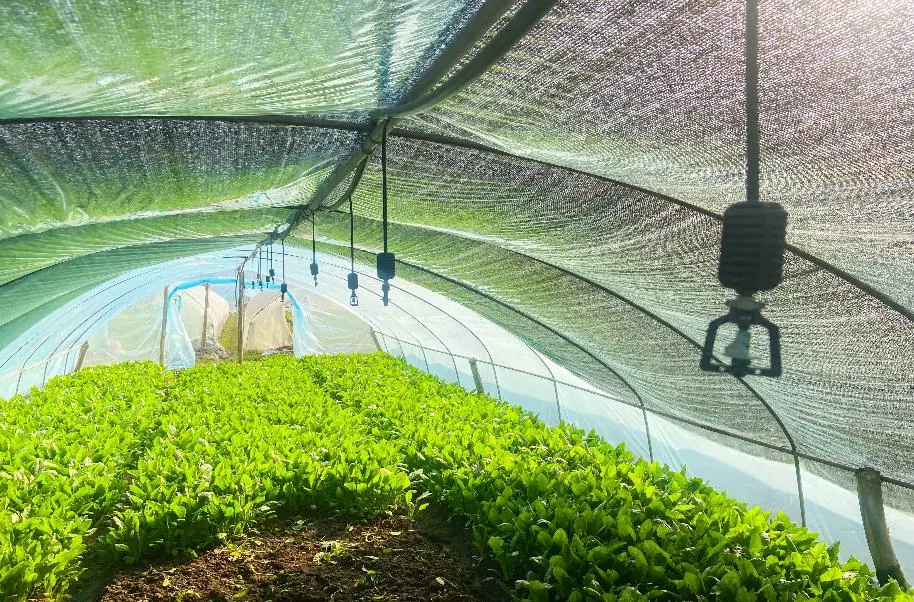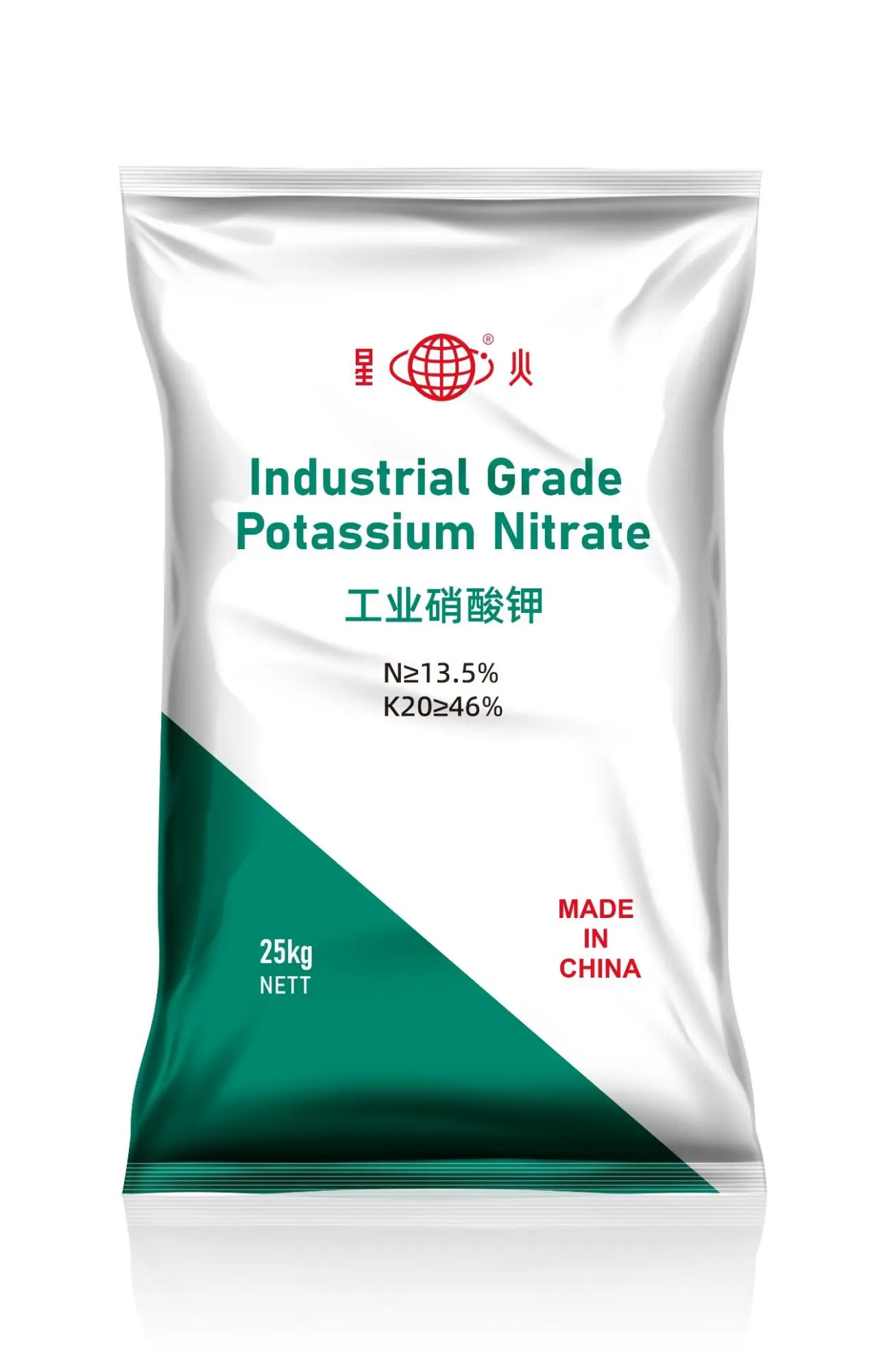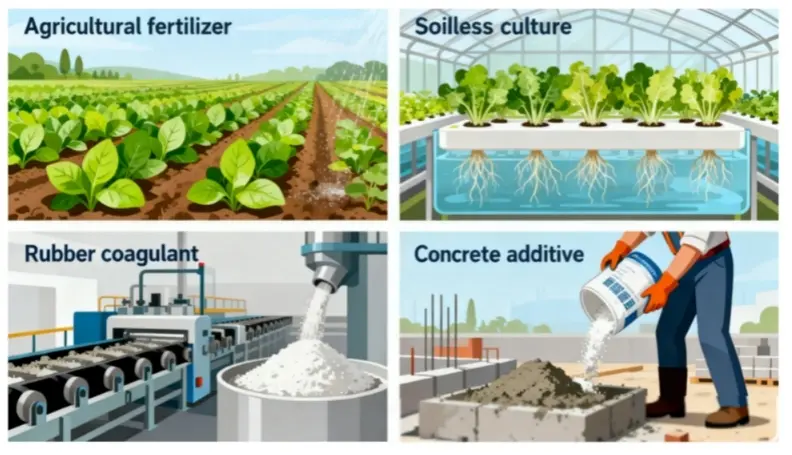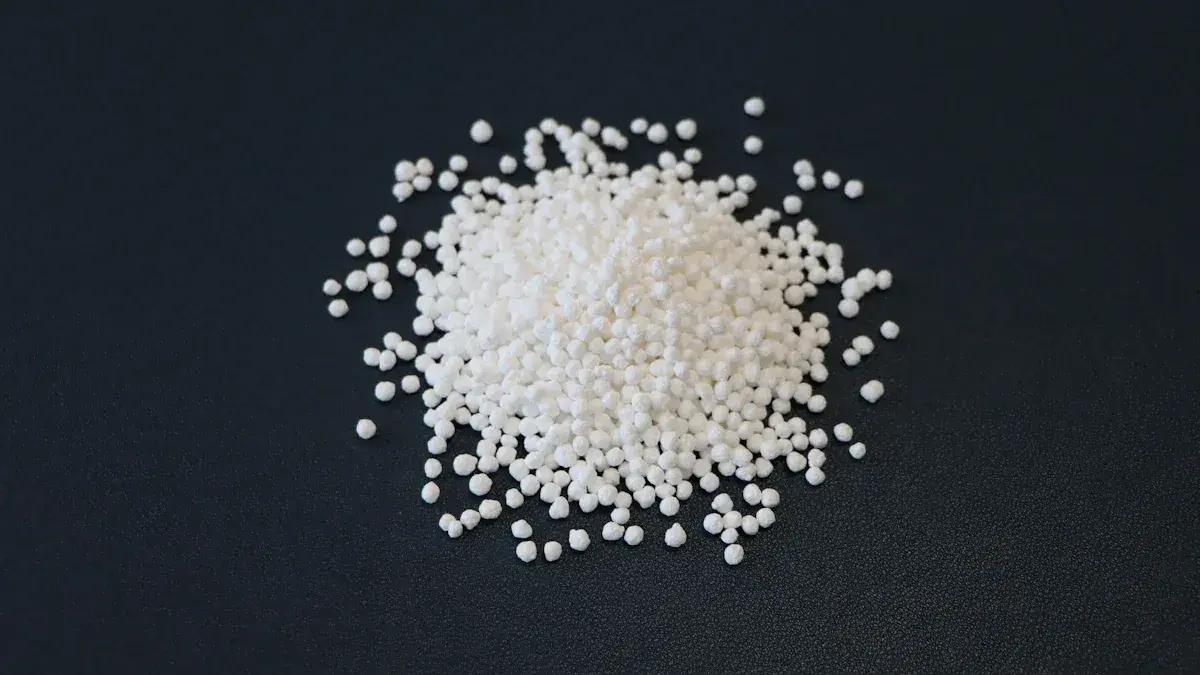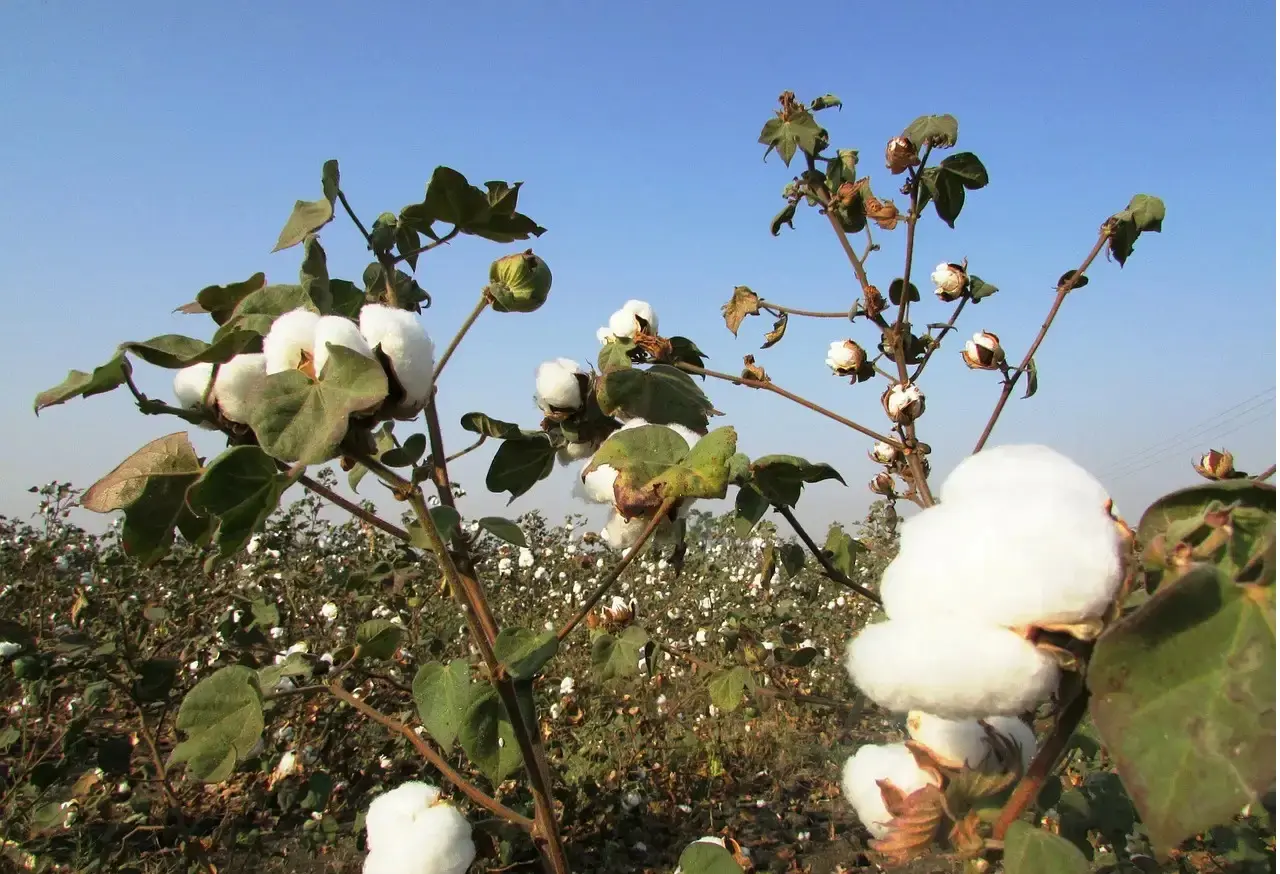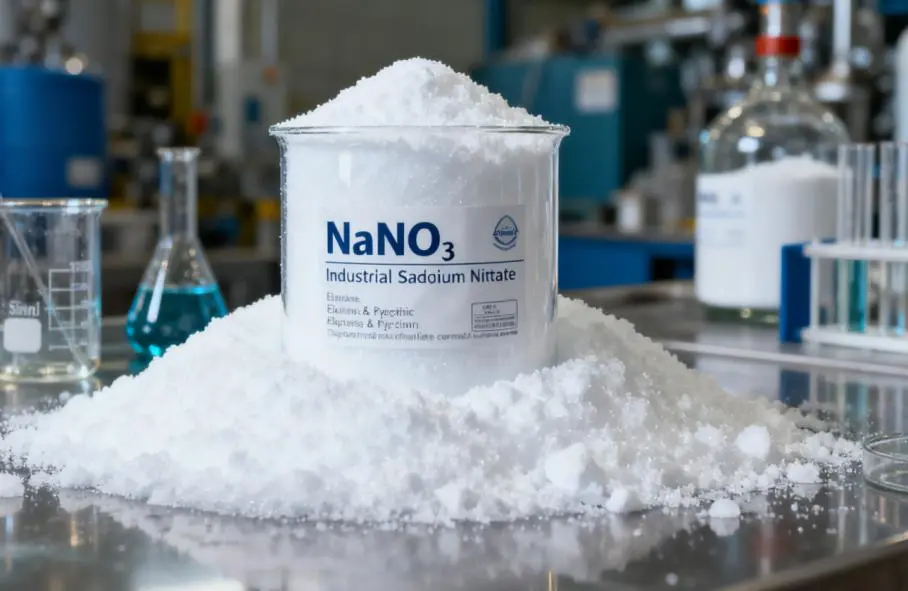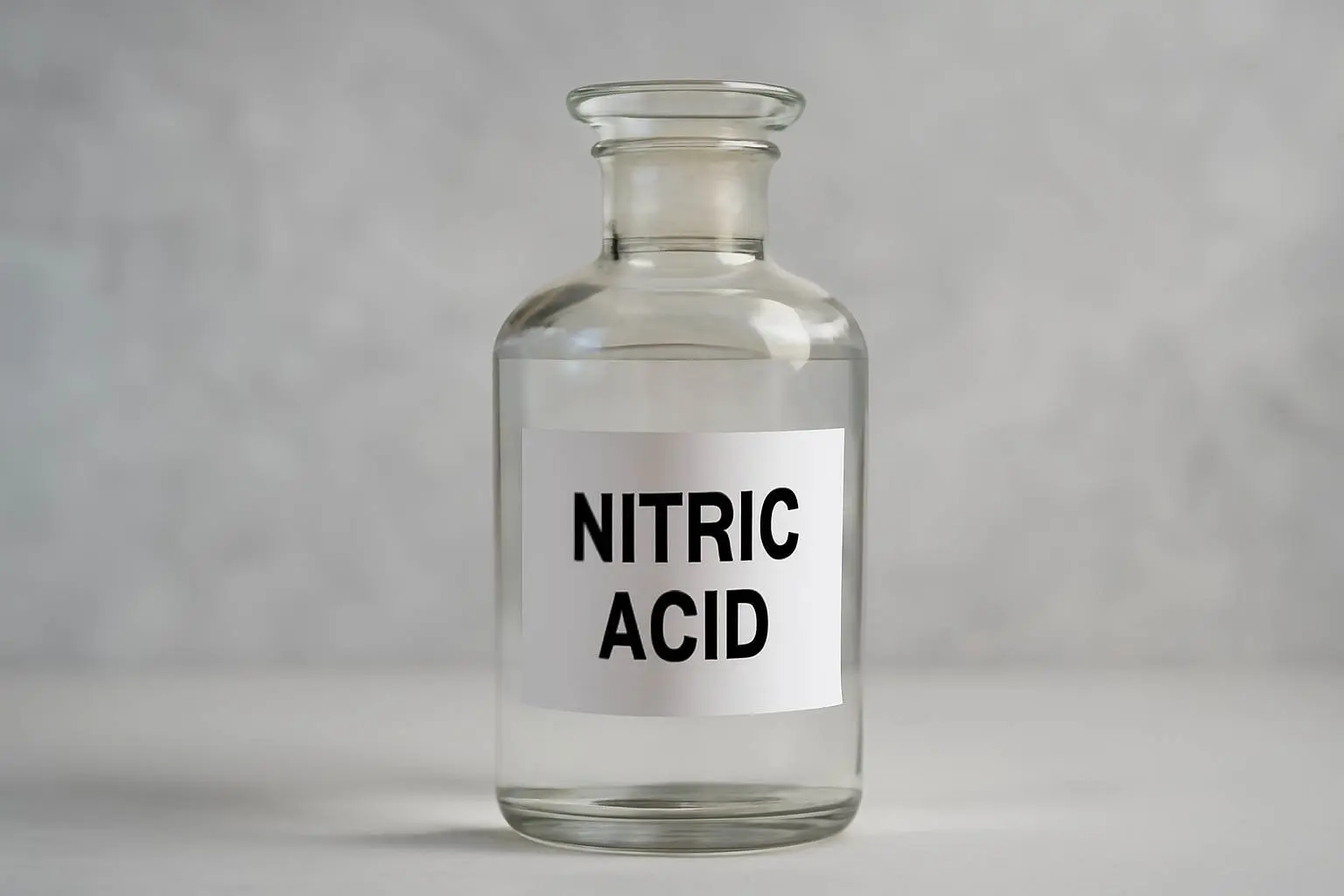Nitric Acid Applications in Lithium Iron Phosphate (LFP) Research – Market Insights and Technological Advancements
- LFP Batteries Drive Global Demand for EVs and Energy Storage
Lithium Iron Phosphate (LFP) batteries are gaining momentum worldwide due to their cost efficiency, safety, and technological innovations like CTP, Blade, and JTM. In 2020, LFP battery installations surged by 20.6% YoY in China, capturing 38.3% of the total market share. By 2025, global LFP material demand is projected to reach 3.12 million tons.
- EV Market: LFP batteries power bestsellers like Tesla Model 3, BYD Han, and Wuling Mini EV. Overseas adoption is accelerating, with Tesla, Ford, and Mercedes-Benz planning LFP-based models.
- Energy Storage: Policy support (e.g., China’s 30GW energy storage target by 2025) and safety advantages position LFP as the preferred choice for grid and residential storage.
- Technology Upgrades Strengthen Competitive Barriers
- Production Methods: Solid-phase (80% market share) and liquid-phase (e.g., nitric acid route) dominate, with trade-offs in cost, uniformity, and environmental impact.
- Innovations: Lithium manganese iron phosphate (LMFP) boosts energy density by 10–20%, nearing ternary NCM523 performance. Companies like *Defang Nano* and *Fulin Jingong* are scaling advanced processes.
- Supply Chain Optimization Reshapes Cost Structures
- Key Costs: Lithium (70% of raw materials), phosphorus, and electricity (10%) are critical. Regional advantages (e.g., Yunnan’s low electricity rates) enhance competitiveness.
- Vertical Integration: Partnerships (e.g., *CATL-Hubei Yihua*, *Fulin Jingong-Chuanheng*) secure upstream resources like purified wet-process phosphoric acid (PPA) and lithium phosphate.
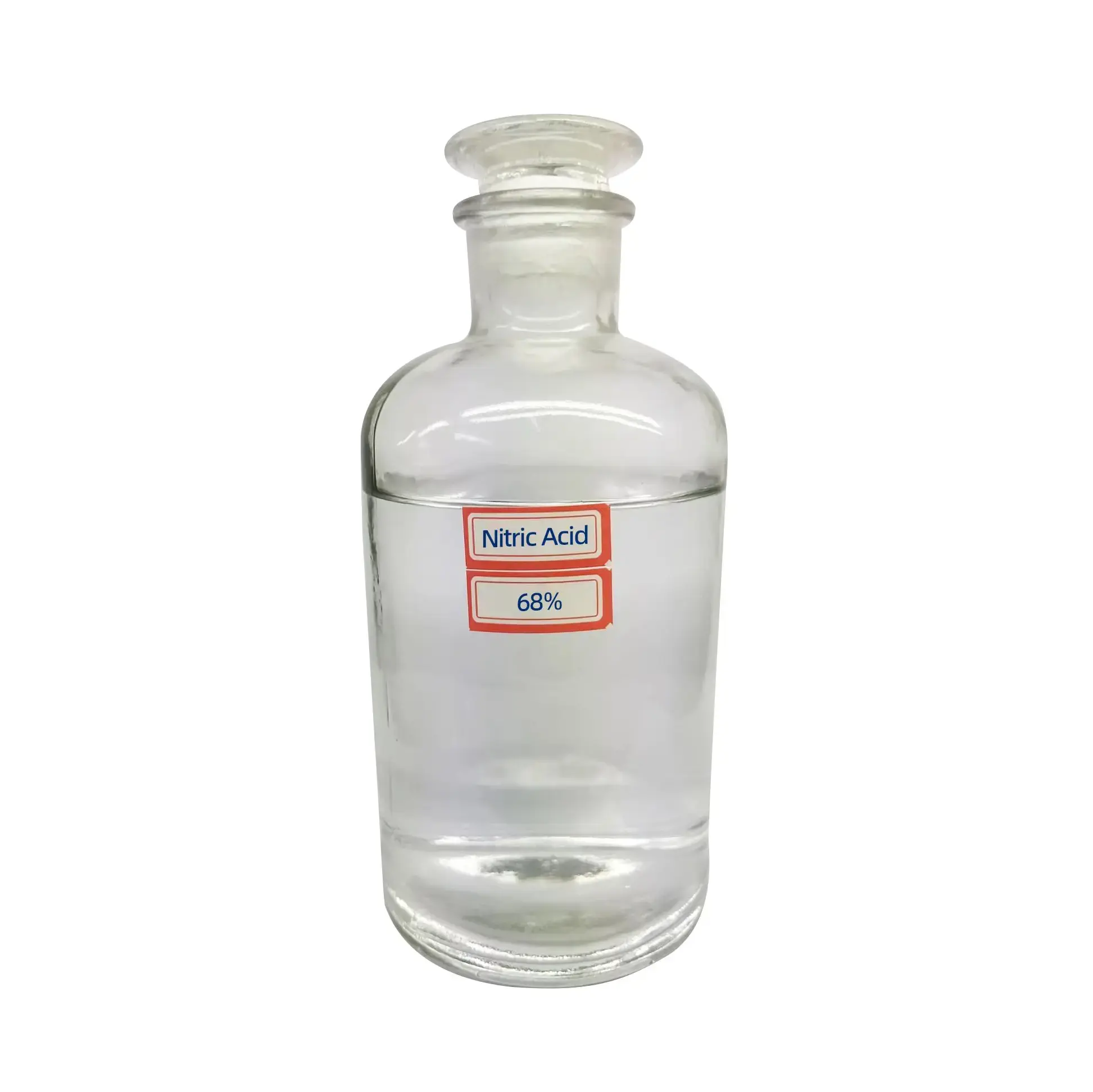
As a leading nitric acid producer (15% domestic market share), Henan Yongchang benefits from LFP’s "liquid-phase method," which uses nitric acid to reduce reliance on costly phosphorus. The company’s integrated chemical platform (nitric acid, Ammonium Nitrate, ammonium nitrate based fertilizers) and strategic location near Shanxi province(coal supply area) bolster its role in the LFP supply chain.
Key Highlights:
- Revenue Drivers: Nitric acid (30% of income) supports chemical, pesticide, pharmaceutical, and now LFP sectors.
- Sustainability: Byproduct synergy (e.g., steam from sulfuric acid production) enhances margins
The LFP industry is poised for exponential growth, driven by EV adoption, energy storage policies, and supply chain innovations. Companies mastering cost-efficient processes (e.g., nitric acid liquid-phase) and resource integration will lead the next phase of development.
**For nitric acid inquiries**, please contact Henan Yongchang: [neilzhou@jocindatrade.com]

